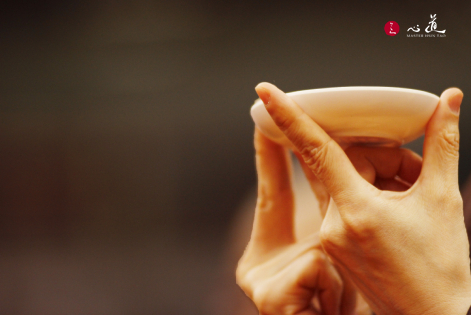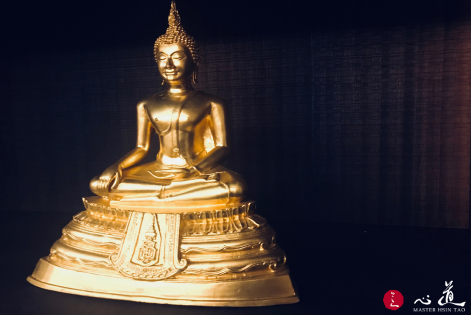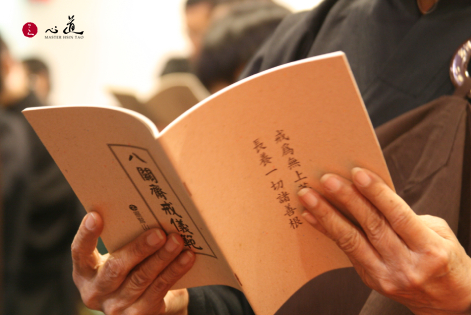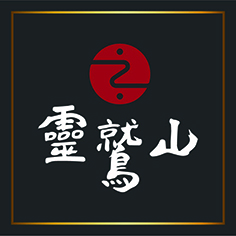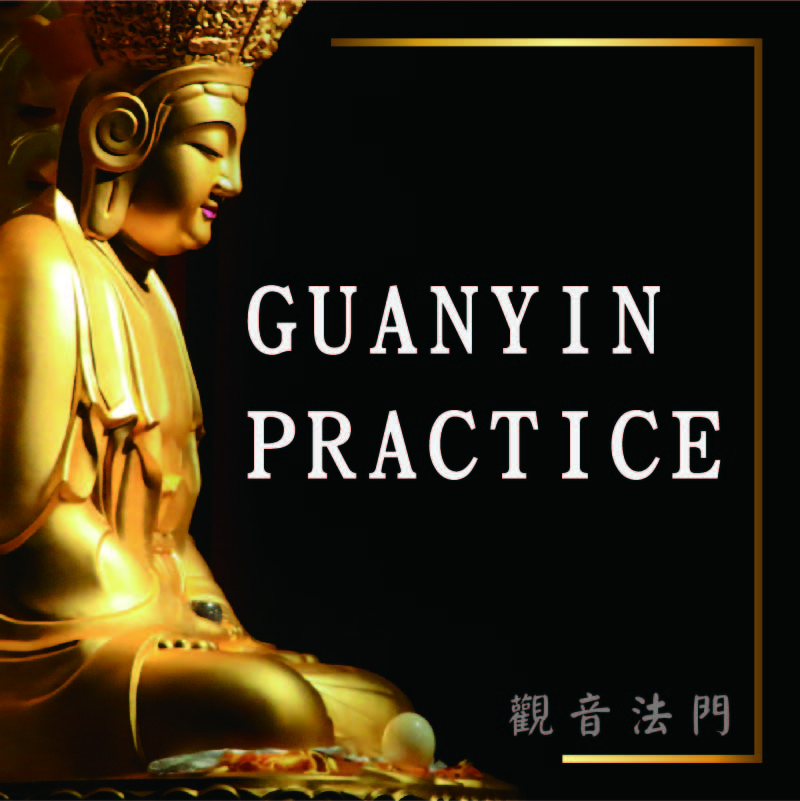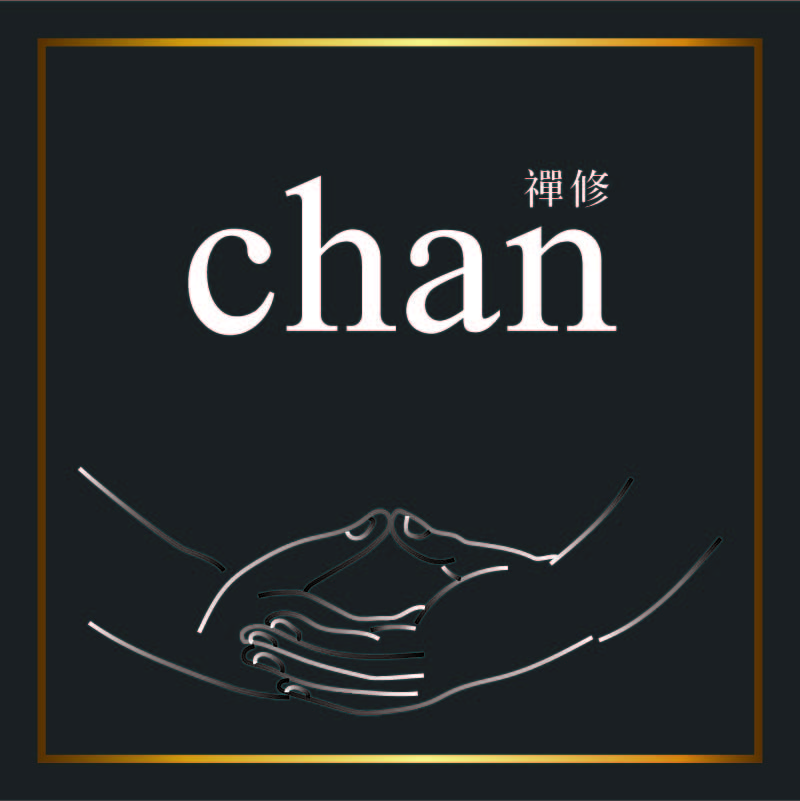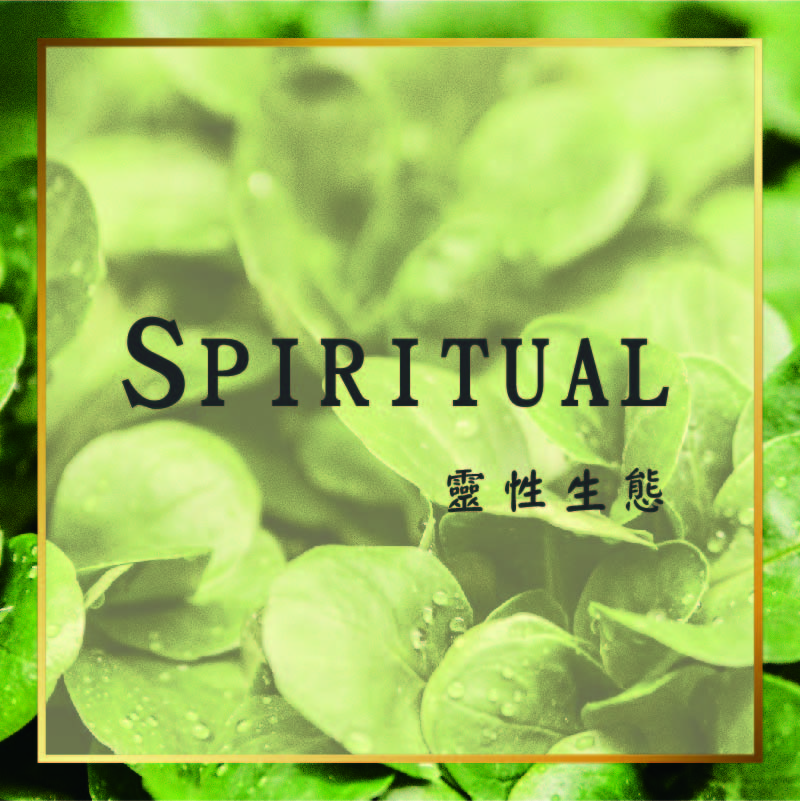
Lecture at the Henan Buddhist College
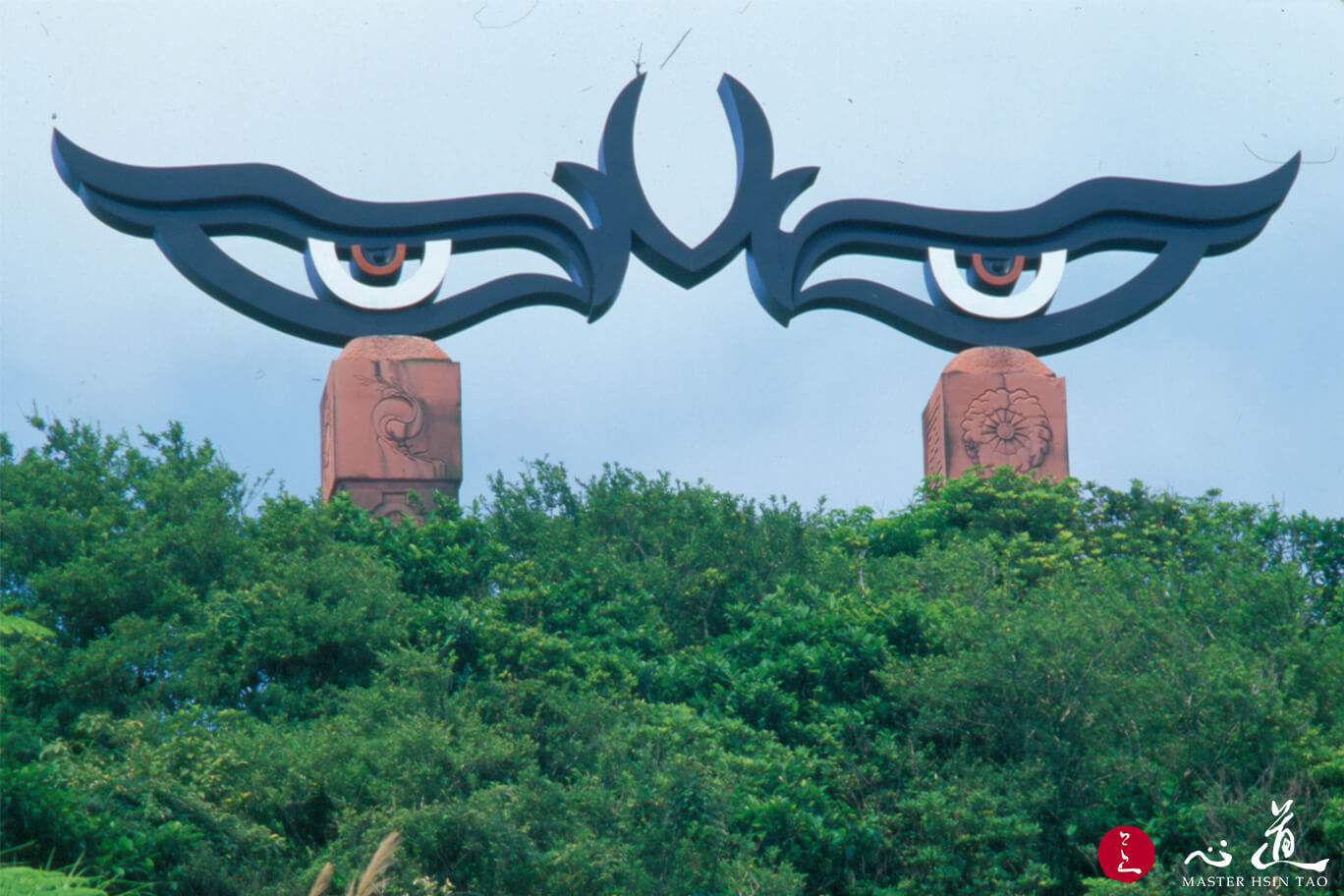 The Buddha had already expounded that the purpose of Dharma practice is to be free from suffering and to obtain the ultimate happiness. As well, Dharma practice helps one with mindful clarity and seeing the nature of the mind. That’s why we must start with the three higher trainings (ethical disciplines, meditative stabilization, wisdom). For monastics, ethical disciplines are like our garments. Disciplines serve as a reminder for practitioners to be vigilant at all times. Should we observe precepts properly, we’re also excelling our shamatha (calm abiding) and vipashyana (special insight). Allow our life to return to the origin. Wisdom is the prajna wisdom which can be categorized into the prajna of language, the prajna of contemplative illumination, and the prajna of the characteristic of actuality. The prajna of language is a means of conveying ideas. Practitioners could approach the prajna of the characteristic of actuality through the prajna of language. The Diamond Sutra is the best sutra for one to contemplate on shamatha and vipashyana. The goal of Chan practice is to rediscover ourselves. In particular, the Chinese Chan School emphasizes the mind transmission and to see the mind with the mind. These are the enlightening Dharma Doors passed down from the lineage masters from India.
The Buddha had already expounded that the purpose of Dharma practice is to be free from suffering and to obtain the ultimate happiness. As well, Dharma practice helps one with mindful clarity and seeing the nature of the mind. That’s why we must start with the three higher trainings (ethical disciplines, meditative stabilization, wisdom). For monastics, ethical disciplines are like our garments. Disciplines serve as a reminder for practitioners to be vigilant at all times. Should we observe precepts properly, we’re also excelling our shamatha (calm abiding) and vipashyana (special insight). Allow our life to return to the origin. Wisdom is the prajna wisdom which can be categorized into the prajna of language, the prajna of contemplative illumination, and the prajna of the characteristic of actuality. The prajna of language is a means of conveying ideas. Practitioners could approach the prajna of the characteristic of actuality through the prajna of language. The Diamond Sutra is the best sutra for one to contemplate on shamatha and vipashyana. The goal of Chan practice is to rediscover ourselves. In particular, the Chinese Chan School emphasizes the mind transmission and to see the mind with the mind. These are the enlightening Dharma Doors passed down from the lineage masters from India.
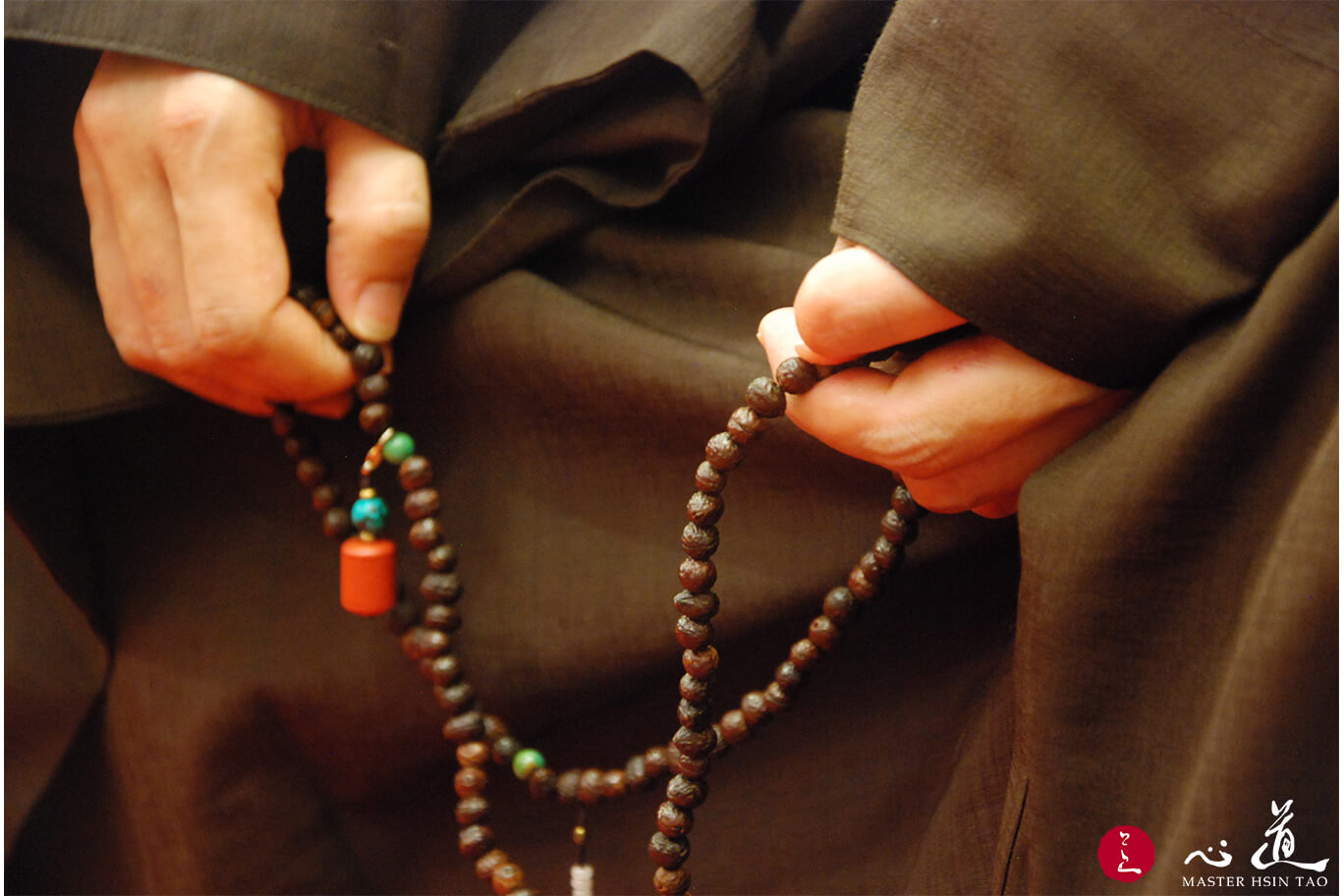 When we look at the spread of Dharma, there are three categories of the Hinayana, Mahayana, and Vajrayana. The Hinayana tradition emphasizes attaining the unarising and unceasing state of nirvana. The Mahayana and the Vajrayana stress on the bodhicitta, the aspiration to attain Buddhahood for the sake of sentient beings. Nirvana is the state that every practitioner should strive for – to be free from cyclic existence. Whereas the bodhicitta being the most crucial factor to accomplish the Buddha-field. Nowadays, we have access to Triyana teachings easily. There are different aspects of focus for each vehicle. The Buddha offered multitudes of teachings according to the capacities of sentient beings. As Mahayana practitioners, we should give rise to bodhicitta, the aspiration to liberate all sentient beings. This is the journey we must take for lifetimes.
When we look at the spread of Dharma, there are three categories of the Hinayana, Mahayana, and Vajrayana. The Hinayana tradition emphasizes attaining the unarising and unceasing state of nirvana. The Mahayana and the Vajrayana stress on the bodhicitta, the aspiration to attain Buddhahood for the sake of sentient beings. Nirvana is the state that every practitioner should strive for – to be free from cyclic existence. Whereas the bodhicitta being the most crucial factor to accomplish the Buddha-field. Nowadays, we have access to Triyana teachings easily. There are different aspects of focus for each vehicle. The Buddha offered multitudes of teachings according to the capacities of sentient beings. As Mahayana practitioners, we should give rise to bodhicitta, the aspiration to liberate all sentient beings. This is the journey we must take for lifetimes.
Chan practice is my primary practice. Through the experience of asceticism and fasting retreat when I was young, I have aspired the wish to liberate sentient beings. Chan practice is the indispensable path to nirvana, the state free from living and dying. Whereas bodhicitta being the imperative path for the attainment of Buddhahood. Chan practice and bodhicitta are oneness instead of two. Through Chan practice , one can generate long-term compassion. Conversely, with the compassionate aspiration, one would not be lost in the meditative joy.


